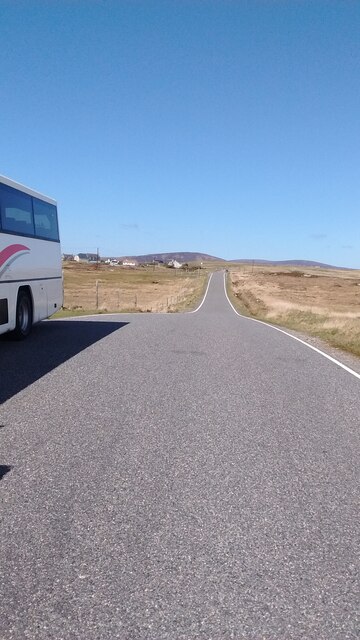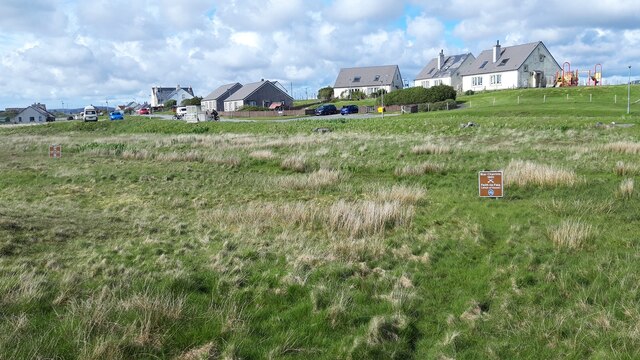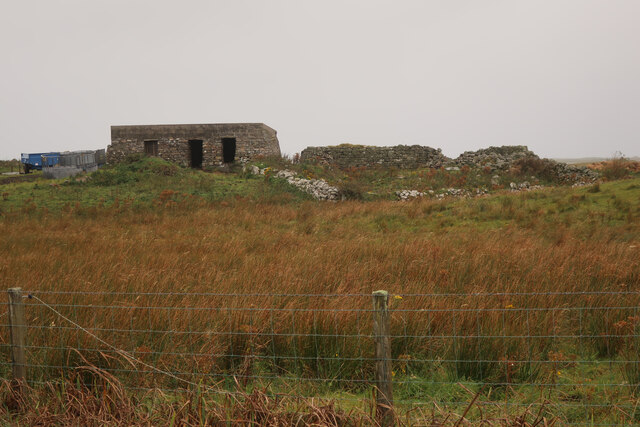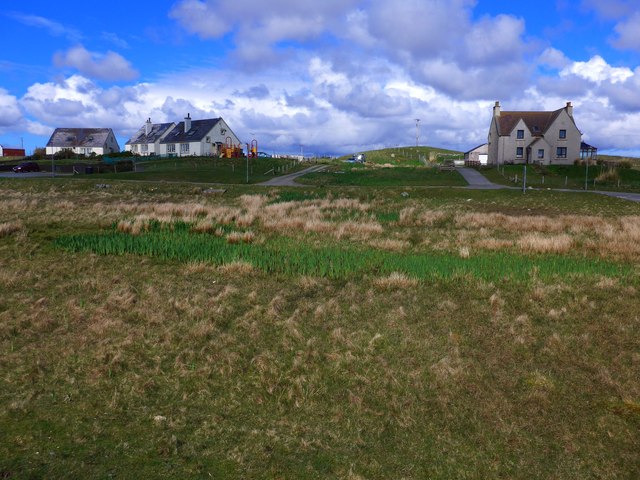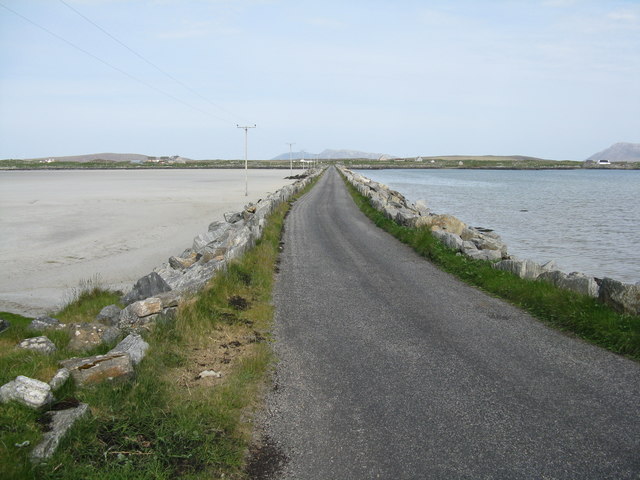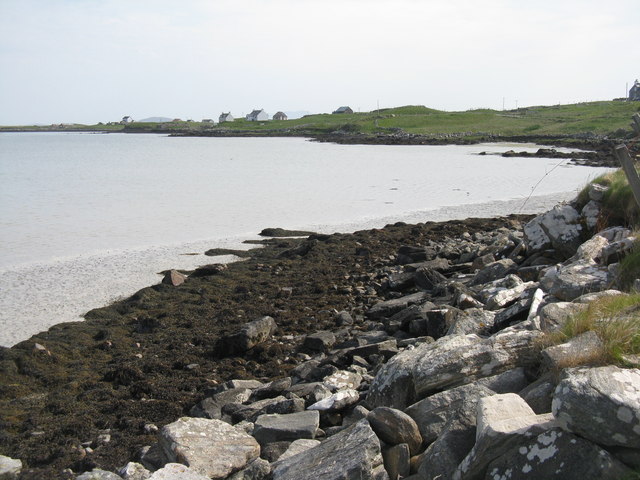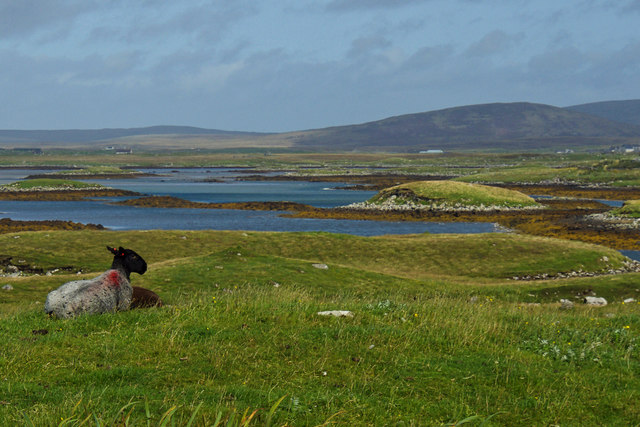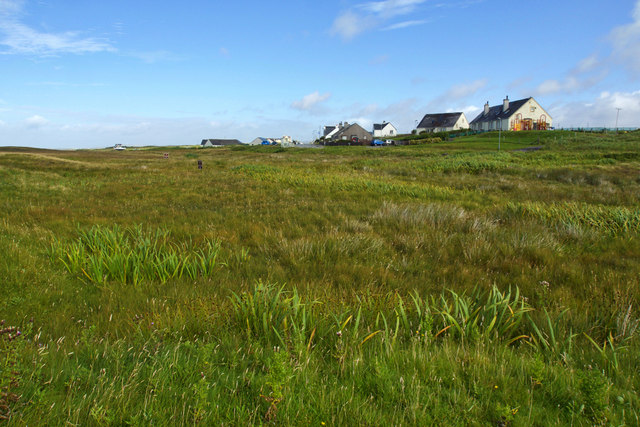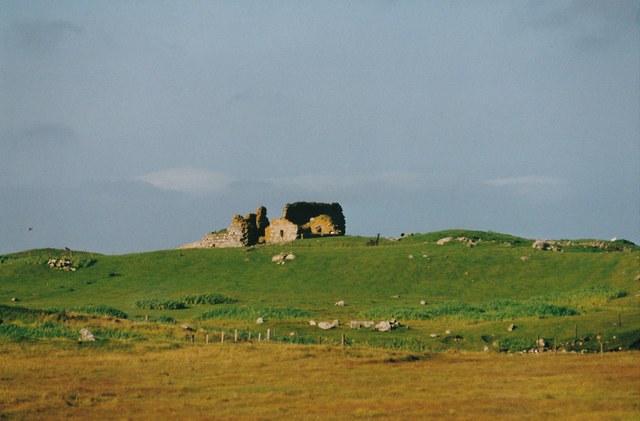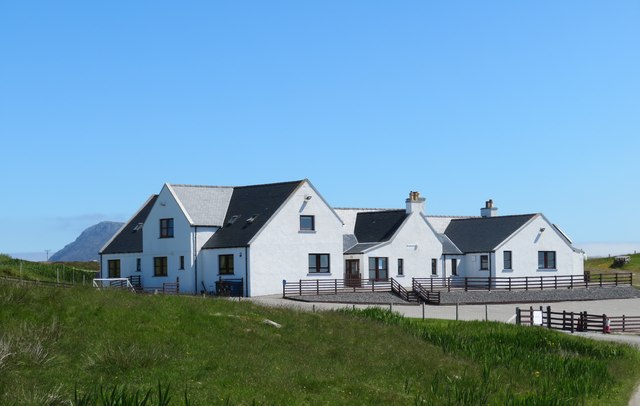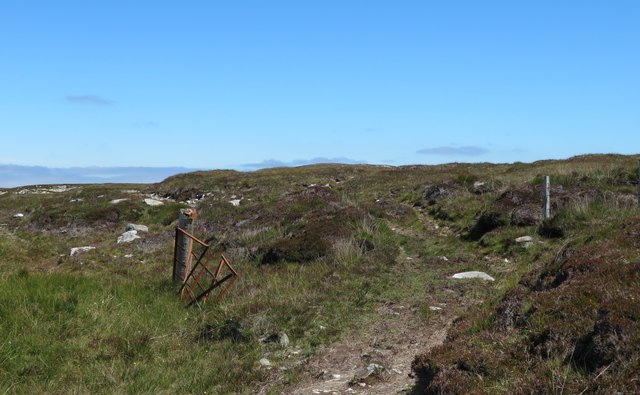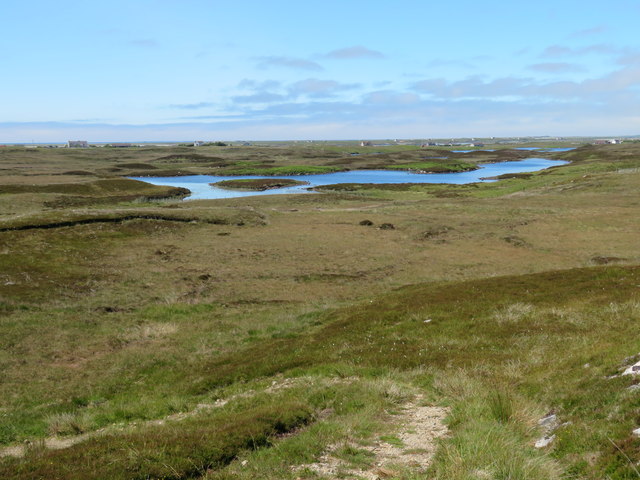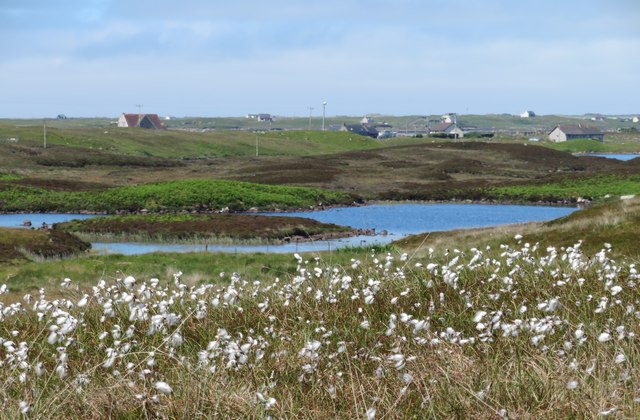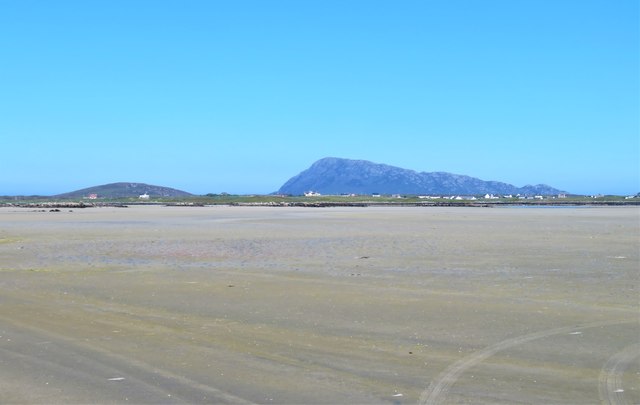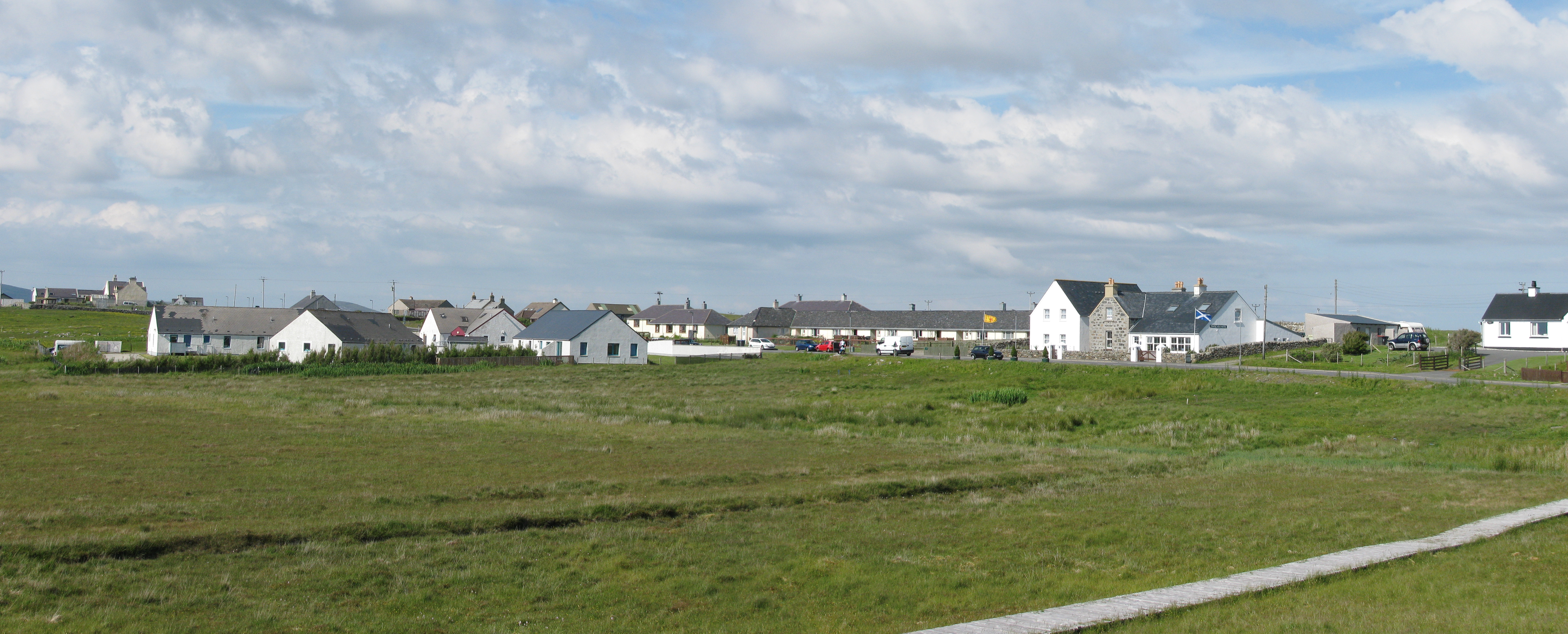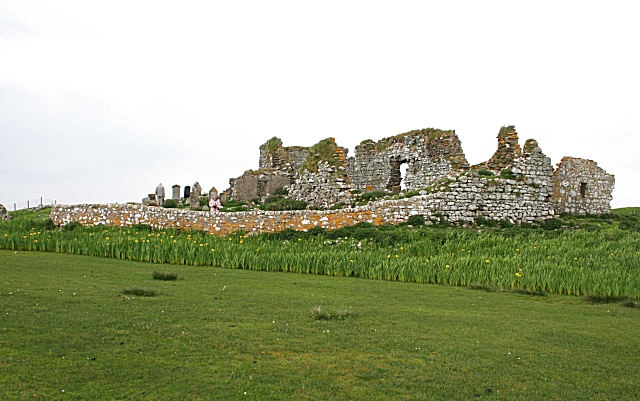Oitir Mhic Dhomhnuill Ghlais
Coastal Marsh, Saltings in Inverness-shire
Scotland
Oitir Mhic Dhomhnuill Ghlais
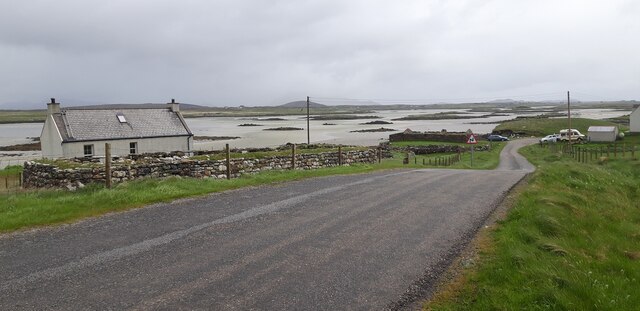
Oitir Mhic Dhomhnuill Ghlais, also known as the Coastal Marsh or Saltings, is a prominent geographical feature located in Inverness-shire, Scotland. This coastal marshland stretches along the shores of the county, offering breathtaking views of the surrounding landscape.
Covering an extensive area, Oitir Mhic Dhomhnuill Ghlais is characterized by its diverse ecosystem, comprising a mixture of salt marshes, mudflats, and tidal creeks. These marshlands are formed due to the tidal influence of the nearby sea, resulting in a unique habitat that supports a variety of plant and animal species.
The marshes of Oitir Mhic Dhomhnuill Ghlais are home to numerous bird species, making it an ideal location for birdwatching enthusiasts. Visitors can spot a wide range of avian creatures, including wading birds like curlews, oystercatchers, and various species of gulls. The marshes also provide a vital breeding ground for migratory birds, such as sandpipers and terns.
Aside from its ecological significance, Oitir Mhic Dhomhnuill Ghlais offers recreational opportunities for nature lovers and hikers. The marshland's expansive trails allow visitors to explore the stunning coastal landscape while enjoying the tranquility of the surroundings. The area is also a popular spot for photography enthusiasts, as the ever-changing tides and interplay of light create a captivating setting for capturing stunning images.
In conclusion, Oitir Mhic Dhomhnuill Ghlais is an exceptional coastal marshland found in Inverness-shire, Scotland. With its diverse ecosystem, abundant birdlife, and scenic beauty, it is a must-visit destination for those seeking a unique and enriching natural experience.
If you have any feedback on the listing, please let us know in the comments section below.
Oitir Mhic Dhomhnuill Ghlais Images
Images are sourced within 2km of 57.534723/-7.3287599 or Grid Reference NF8161. Thanks to Geograph Open Source API. All images are credited.
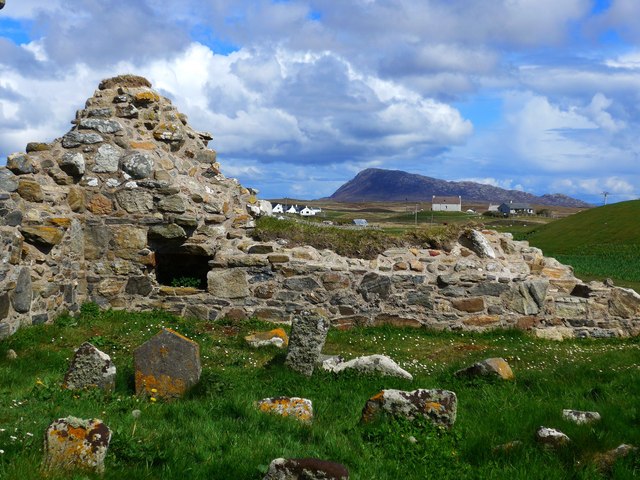
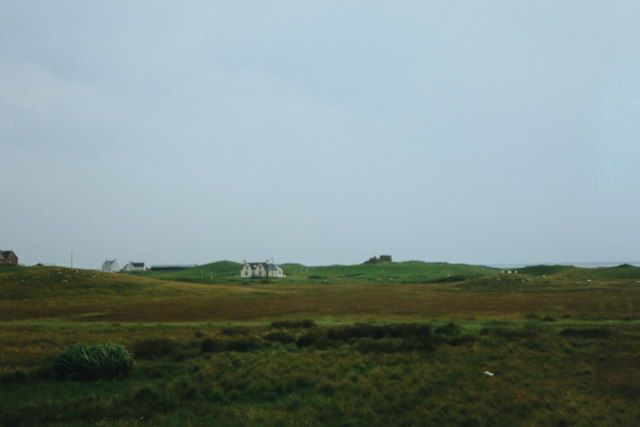
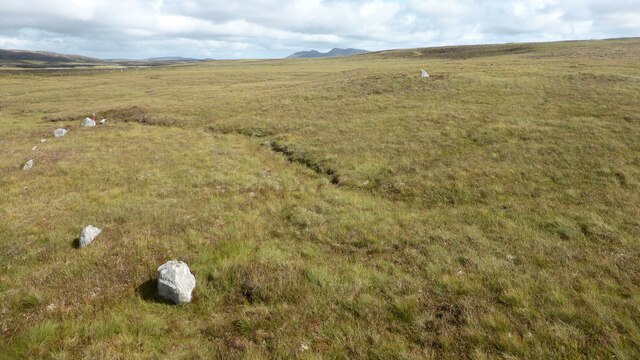
Oitir Mhic Dhomhnuill Ghlais is located at Grid Ref: NF8161 (Lat: 57.534723, Lng: -7.3287599)
Unitary Authority: Na h-Eileanan an Iar
Police Authority: Highlands and Islands
What 3 Words
///guru.eyelashes.glitz. Near Balivanich, Na h-Eileanan Siar
Related Wikis
Battle of Carinish
The Battle of Carinish was a Scottish clan battle fought in North Uist in 1601. It was part of a year of feuding between Clan MacLeod of Dunvegan and the...
Teampull na Trionaid
Teampull na Trionaid ("trinity church") is a ruined 13th-century Augustinian nunnery at Carinish, on North Uist, in the Outer Hebrides of Scotland. �...
Carinish
Carinish (Scottish Gaelic: Càirinis), is a hamlet on North Uist, in the Outer Hebrides, Scotland. It is in the south of the island, about two miles (three...
Baleshare
Baleshare (Scottish Gaelic: Baile Sear) is a flat tidal island in the Outer Hebrides of Scotland. Baleshare lies to the south-west of North Uist. Its economics...
Nearby Amenities
Located within 500m of 57.534723,-7.3287599Have you been to Oitir Mhic Dhomhnuill Ghlais?
Leave your review of Oitir Mhic Dhomhnuill Ghlais below (or comments, questions and feedback).
